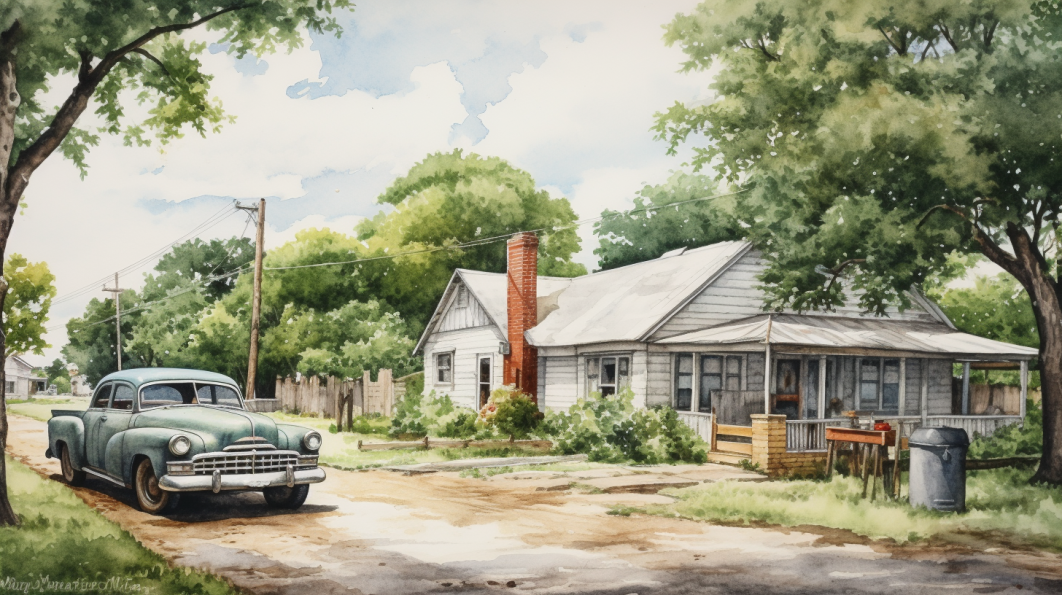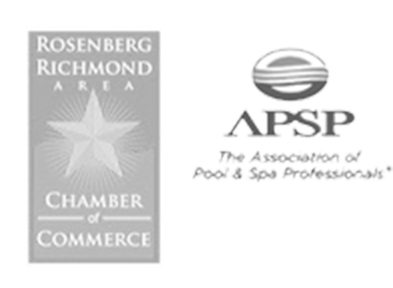
The Humble Beginnings: First Farmers and Settlers of Katy
In the vast expanse of the Texas plains, where the wind whispered through the tall grasses, the first settlers of Katy, Texas, planted their roots in the early 19th century. Imagine a boundless, fertile land, ripe with both potential and challenges. The initial settlers, primarily farmers, cultivated crops and established a modest agricultural community. The railroad, a marvel of its time, soon found its way to Katy, connecting the small settlement to larger, bustling cities and, in doing so, sowing the seeds for future growth.
The Railroad and Economic Expansion
With the arrival of the Missouri-Kansas-Texas Railroad (often referred to as the “K-T Railroad,” hence the name “Katy”) in the late 1800s, the once sleepy agricultural settlement began to stir with new life. The railroad didn’t just bring goods; it brought people, ideas, and opportunities. Small businesses sprouted along the tracks, providing services and goods to both locals and travelers. The town, once isolated and solely agrarian, found itself intertwined with the broader economic networks of the region.
While the name explicitly mentions Missouri, Kansas, and Texas, the Katy Railroad expanded even further. At its peak, it reached as far north as St. Louis, Missouri, and traversed southward all the way to Galveston, Texas. It also stretched its wings westward into Oklahoma.
Katy Red:
The railroad was well-known for its distinctive “Katy Red” color scheme, which made its trains easily recognizable. The vibrant red color of its locomotives and other rail equipment became a symbol of the Katy. Red has become the unofficial color of Katy, Texas.
Oil: The Black Gold Rush
As the 20th century dawned, a new chapter began with the discovery of oil in Texas. The vast, black pools of wealth hidden beneath the Texan soil brought prospectors, workers, and entrepreneurs flocking to the region. Katy, with its strategic location and burgeoning infrastructure, became a hub for the oil and gas industry. The economy, once firmly rooted in the soil, now flowed with the currents of crude oil, propelling Katy into an era of unprecedented prosperity and growth.
The Impact of Houston
Houston, with its meteoric rise as a powerhouse of industry and commerce, cast a significant influence over Katy. As Houston expanded, so too did its suburbs and surrounding areas. Katy, strategically positioned to the west of Houston, absorbed the spillover of population and economic activity. The proximity to Houston provided residents with opportunities for employment and commerce while maintaining a quieter, suburban lifestyle. This symbiotic relationship further catalyzed Katy’s development, intertwining their futures in a dance of mutual growth and prosperity.
Modernizing Suburbia: Development and Infrastructure
In the latter half of the 20th century and into the 21st, Katy transitioned from a small, oil-and-agriculture town into a thriving suburban city.
The once predominantly agricultural and oil-driven town began to witness a new kind of influx. Houston, with its burgeoning economy, began to spill over its populace into the surrounding areas, and Katy, with its charm and potential, became a prime spot for those seeking respite from the city’s hustle.
Imagine the scene: families, young and hopeful, venturing out to this quaint town, bringing with them dreams of spacious homes and serene living. The agricultural fields began to share their dominion with burgeoning neighborhoods, and the once isolated and tranquil town started humming with the subtle beats of suburban life.
The 1980’s and 90’s: The Master-Planned Community Boom
As we saunter into the 1980s and 90s, Katy’s landscape was being meticulously carved into master-planned communities. Picture this: vast expanses of land, once the realm of cattle and crops, methodically transformed into havens of suburban living. Cinco Ranch, one of the largest and most recognized of these communities, began its development in the 1980s, offering a blend of residential, commercial, and recreational spaces.
The schools, particularly those within the Katy Independent School District, burgeoned both in number and reputation, becoming a magnet for families prioritizing education.
The 2000s: Economic Diversification and Cultural Enrichment
As we step into the new millennium, Katy’s narrative takes on additional layers of complexity and richness. The economy, once tethered firmly to agriculture and oil, began to diversify. The healthcare, retail, and education sectors started to play a more prominent role, providing employment and services to the growing population.
The cultural tapestry of Katy also became more vibrant and diverse. People from various parts of the world, bringing with them a myriad of traditions, cuisines, and perspectives, began to call Katy home. The town, while maintaining its Texan roots, started to reflect the globalized world of the 21st century.
Present Day: Big Growth
Today, Katy stands as a flourishing suburban entity, a place where the echoes of its agrarian and industrial past blend seamlessly with the pulses of modern life. The city, with its top-notch schools, diverse amenities, and a robust economy, continues to attract a wide array of residents and businesses.
One could imagine Bryson, with his keen observational wit, strolling through the streets of modern Katy, musing about the harmonious coexistence of its historical roots and contemporary endeavors. He might ponder the stories of the people who have passed through its lands – the farmers, the oil workers, the suburban families – each contributing a unique thread to the intricate, vibrant tapestry that is Katy, Texas.
In this story, Katy emerges not merely as a geographical location but as a living, evolving entity, shaped by its past, yet perpetually reaching towards the future, providing a stable yet dynamic environment for those who choose to weave their stories into its ongoing narrative.







